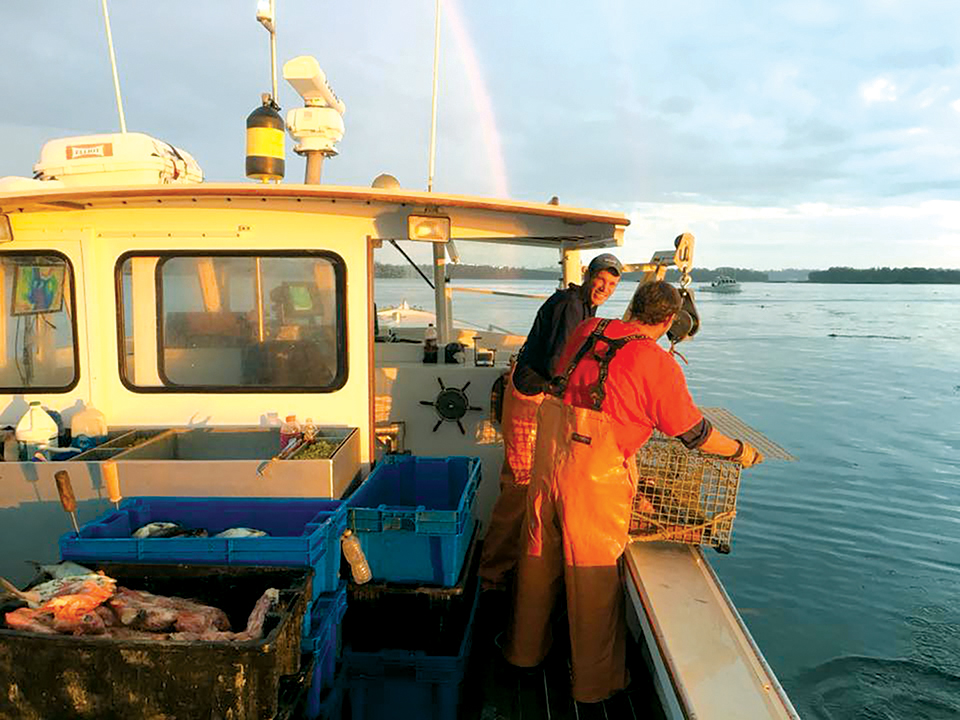Seafloor mapping expands and gets affordable for small-boat fishermen from Maine to Alaska
Mapping the seafloor has come a long way since seafarers used a leadline loaded with a bit of tallow to measure depth and pick up bits of the bottom, be it sand or broken shell. But the principles are the same.

This story was first published in the April issue of National Fisherman. Subscribe today for digital and print access.
Since the 1950s, instead of a pound of lead, fishermen have sent pings to bottom to collect the same information. Over the past decade, bottom building software interfaced with depth sounders and GPS has given fishermen the capacity to collect enough data to create detailed maps of the seafloor.
Clearwater Fine Foods of Lunenburg, Nova Scotia, started creating extensive seafloor maps for its scallop fleet in the early 2000s. The early technology was expensive, and used multibeam and side scan sonar to determine bottom type and depth. The biggest names in seafloor mapping, Olex and Nobeltec, have developed affordable software that creates maps using data from a vessel’s single-beam sonar and GPS.
“I sell both Nobeltec and Olex,” says Robert Kramp of Kramp Electronics in Seal Cove, Maine. “The Olex is open source; it runs on Linux. Nobeltec’s program is called Timezero, and it runs on Windows.” Kramp notes that both of these systems interface with depth and position data from a boat’s electronics and feed that into a computer. The software then creates increasingly detailed topographical maps based on areas the boat has covered. The more years of data, the more detailed the chart, which can be displayed on a variety of screens.
The biggest difference between the two programs is that Olex allows fishermen to feed the information they collect into Olex’s huge database, and then access all the rest of the information in that database. Timezero’s key selling point is its versatility. For example, some users connect the software to a WASSP multibeam transducer that can expand the area being mapped and display bottom hardness. While experienced fishermen can start to interpolate bottom hardness from a standard sounder, others find it’s worth it to invest $27,000 in the WASSP.
“The lobstermen use it to find the edges,” says Kramp. “One thing for sure, the guys who are using this are outperforming the ones who aren’t.”
Setting up either of the basic programs is pretty simple, according to Kramp. “Basically, I just load the software and connect the interfaces,” he says. “Mostly I sell the Nobeltec Timezero. I can set up a system with an 8-inch transducer for under $2,000.” Kramp notes that Nobeltec works best with Furuno equipment, and that the two companies are part of the same business family. “They sell more Olex in Canada,” says Kramp.
To read the full article, subscribe to National Fisherman today for digital and print access.







